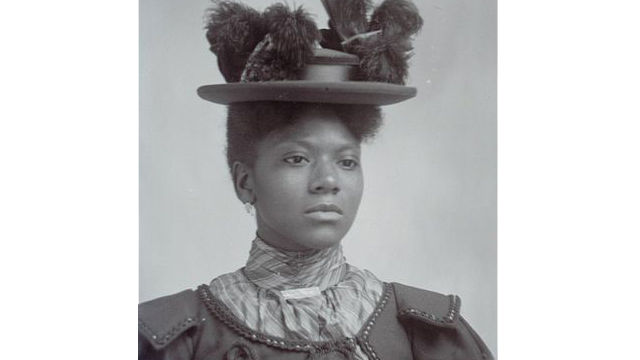The 1880s was a period of transformation and refinement in the world of fashion. It was a time when women's clothing evolved to reflect the changing roles and aspirations of women in society. In this blog, we'll take a journey back in time to explore the exquisite and elaborate fashion trends that defined the era.
The Silhouette of the 1880s:
The defining silhouette of women's fashion in the 1880s was an hourglass shape, characterized by a tiny waist and a full bustle at the back. This exaggerated hourglass figure was achieved through a combination of structured undergarments and layers of clothing. Corsets, made of whalebone and steel, were laced tightly to cinch the waist, creating a narrow midsection. Over this, women wore bustles, which were pads or frames made of various materials, to create a pronounced rear-end curve. The result was a dramatic and highly structured look that symbolized femininity and social status.
Fabrics and Colors:
Fashion in the 1880s embraced a wide range of luxurious fabrics, including silk, satin, velvet, and taffeta. These fabrics were often adorned with intricate patterns, embroidery, and lace. The color palette favored rich and deep hues, with jewel tones like emerald green, sapphire blue, and ruby red being particularly popular. Pastel shades and floral prints were also common for daywear, adding a touch of femininity to daytime attire.
Daywear:
During the day, women typically wore a layered ensemble that included a high-necked blouse, a corset, a bodice, and a long skirt. The skirt was often trained, which means it extended several inches behind the wearer. This necessitated careful walking and the use of a bustle to support the weight of the fabric. The bodice or jacket often featured tailored details, such as ruching, pleats, and rows of buttons, adding a touch of elegance to daytime attire.
Outerwear:
For outdoor activities, women donned long,
voluminous coats with wide sleeves and fur or velvet collars. These
coats were both functional and fashionable, providing warmth while still
maintaining the desired silhouette. Parasols and gloves were essential
accessories, and hats with large brims adorned with feathers, ribbons,
and flowers completed the look.
Eveningwear:
Eveningwear in the 1880s was a showcase of
opulence and extravagance. Women wore dresses made of sumptuous
materials, often featuring low necklines, off-the-shoulder designs, and
delicate lace overlays. Sleeves could be long and fitted or short and
puffed, depending on the current fashion trends. The bodice and skirt
were usually separate pieces, with the skirt flaring out dramatically to
accommodate the bustle. Elaborate jewelry, including chokers, cameos,
and brooches, adorned the necklines.
Accessories:
Accessories played a crucial role in completing a woman's look in the 1880s. Gloves were a staple, and fans were both functional and fashionable, often intricately decorated to match the overall ensemble. The obsession with lace extended to accessories like parasols and handkerchiefs. Footwear included high-buttoned boots made of leather or satin, and bonnets and hats were adorned with ribbons, bows, and even small taxidermy birds.
Conclusion:
The 1880s was a time when women's fashion was marked by an emphasis on structured silhouettes, luxurious fabrics, and meticulous attention to detail. While the restrictive clothing of the era has been criticized for its discomfort, there is no denying the artistry and craftsmanship that went into creating these stunning ensembles. Women of the 1880s used fashion as a means of self-expression and a reflection of their place in society, embracing elegance and etiquette in every aspect of their clothing.


